Second gold rush on horizon as Australians fossick in Victoria
A growing number of Aussies are staking a claim in the Golden Triangle mining region, buying land with hopes of finding gold in their own backyards as the precious metal soars in value
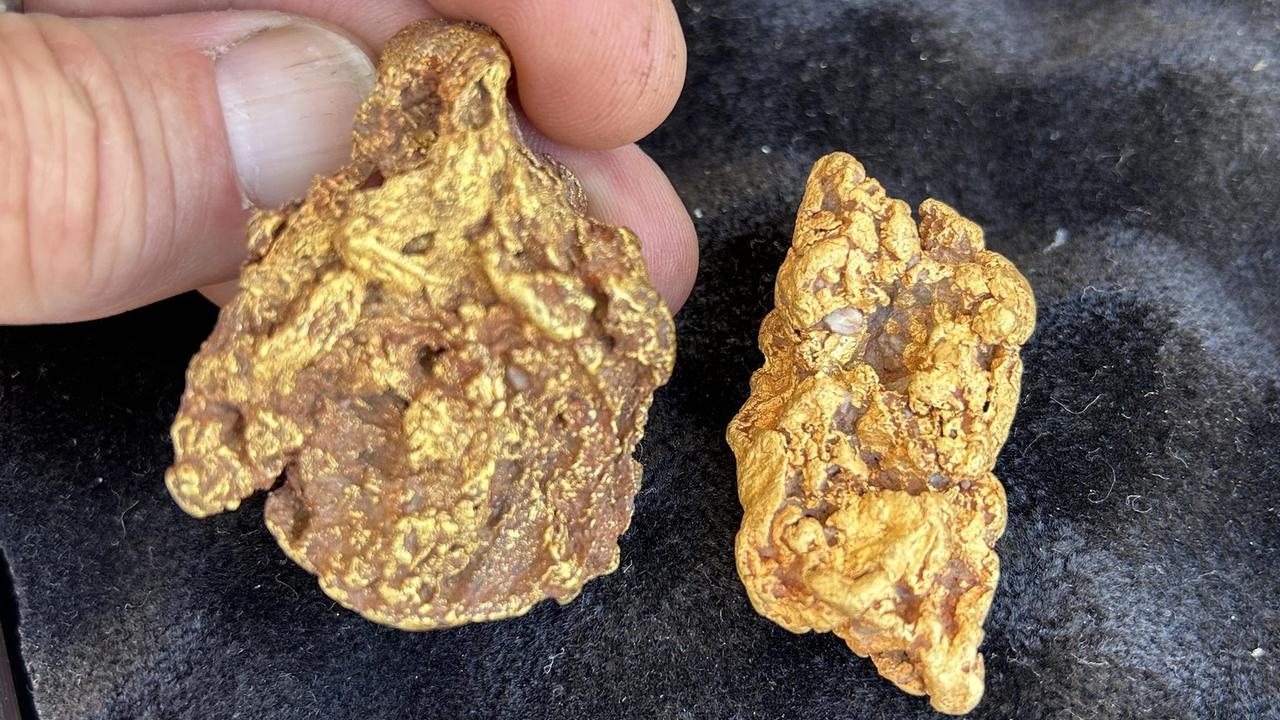
READING LEVEL: GREEN
Australia is on the cusp of a whole new gold rush, with people buying up blocks of bushland in the hope of finding glossy golden nuggets.
Victorian towns made famous by the 1800s gold rush, including Bendigo, Ballarat and Wedderburn, have once again become popular with hobby prospectors* hunting for the valuable mineral.
The price of gold has surged over the past decade and experts say more and more Victorians have flocked to the “Golden Triangle*” to try and find it.
Prospectors and Mining Association of Victoria president Jason Cornish said more people were buying cheap bush blocks before the state government changed the land’s classification*. While you can legally* pan for gold in a Victorian State Forest*, gold mining is not allowed in National Parkland*.
Gold prospecting requires a miner’s right* in Victoria, which costs $27.80 and allows panning on public land with non-mechanical tools where allowed, or on private land with the owner’s consent*.

The number of Victorians with miners’ rights has gone from 40,000 before the Covid-19 pandemic to 78,000 earlier this year, almost doubling in the space of five years.
“And it’s just kept going up with the price of gold,” Mr Cornish said.
“People love the thrill of chasing the nuggets, and there’s health and social benefits to going out to the bush.”
Mr Cornish said that a wet and stormy spring would provide perfect conditions for finding the precious metal. Rain and wind tended to do a good job of washing away topsoil*, unearthing nuggets caught in plant roots.
Real estate agent Stockdale & Leggo Bendigo sales manager Grant Hosking said he was seeing plenty of retirees* moving from Melbourne to the bush to take up a prospecting hobby in their golden years.
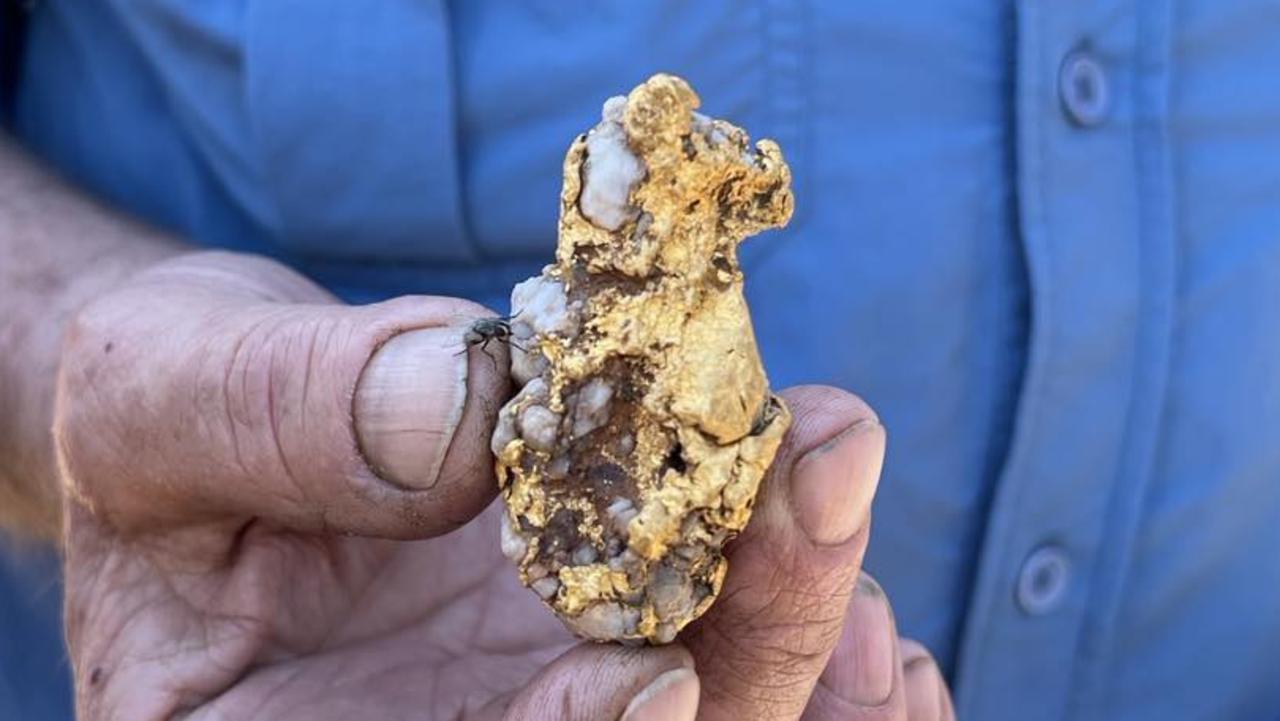
Lynn Pendergast bought a bush block with a “very rustic* cabin” and an old camping hut as a weekend getaway a few years ago.
“I was there for 12 months before I found my first nugget, after I’d bought a new metal detector,” Ms Pendergast said.
“That same day I went up the hill and kicked aside a rock. It turned out that rock was quartz* with a bit of gold in it.
“And I reckon you have more chance of finding a gold nugget than you do of winning the lottery.”
She has found more than 70 pieces of gold in the block, that has been estimated to be worth a few thousand dollars.

“I still believe there’s some good nuggets down there,” she said.
Brett Frazzani also bought land in the state’s golden triangle in order to start prospecting as a hobby, but he said he wasn’t planning on turning professional.
“I have found a little bit of gold in the space of two or three months,” Mr Frazzani said.
“I don’t go out there with the thought that I will make myself rich or anything.
“I’m more interested in the memories and the fun doing it. And the excitement for when the detector goes off and you’re wondering, is it a bullet or is it gold or a bit of old miners’ junk?
“And once you do find a bit, you just get gold fever* and it’s in your blood.”
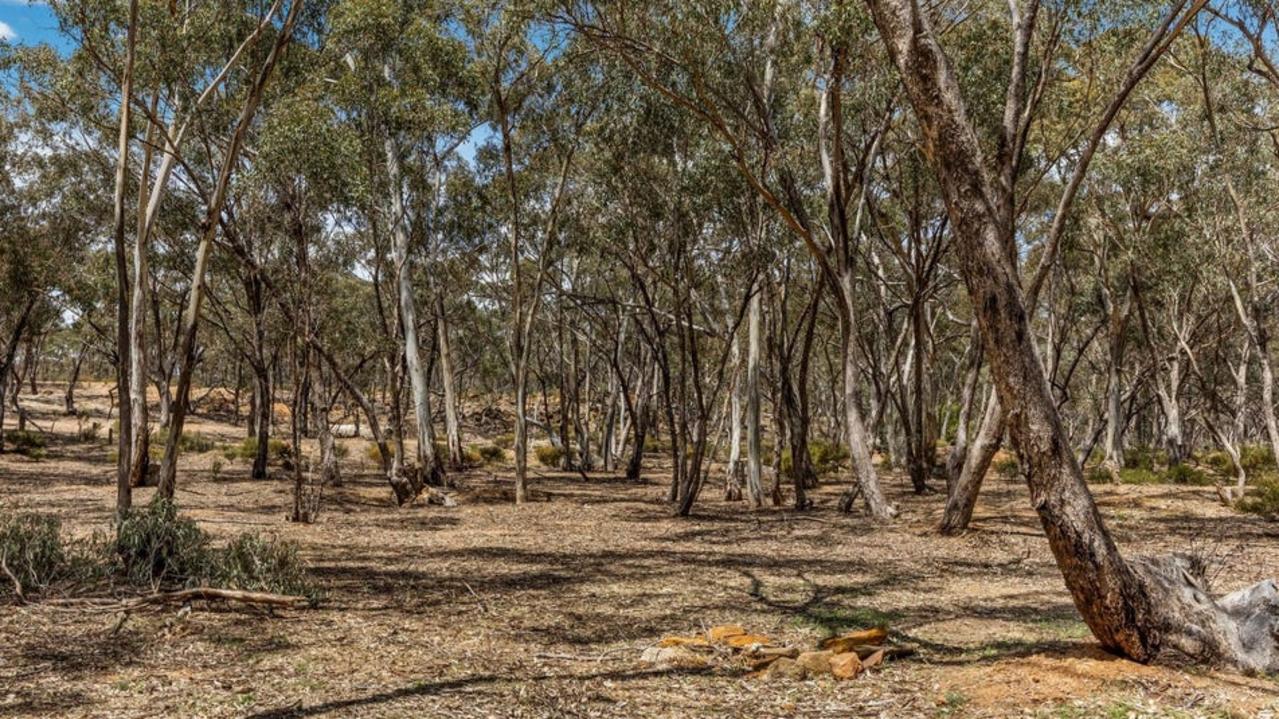
AUSTRALIA’S GOLD MINING HOTSPOTS
While the world’s largest gold nugget, the Welcome Stranger*, and the world’s largest nugget found by gold detector, the Hand of Faith*, were both found in Victoria’s Golden Triangle, there are plenty of other gold mining hotspots across the country, according to the Gold Industry Group.
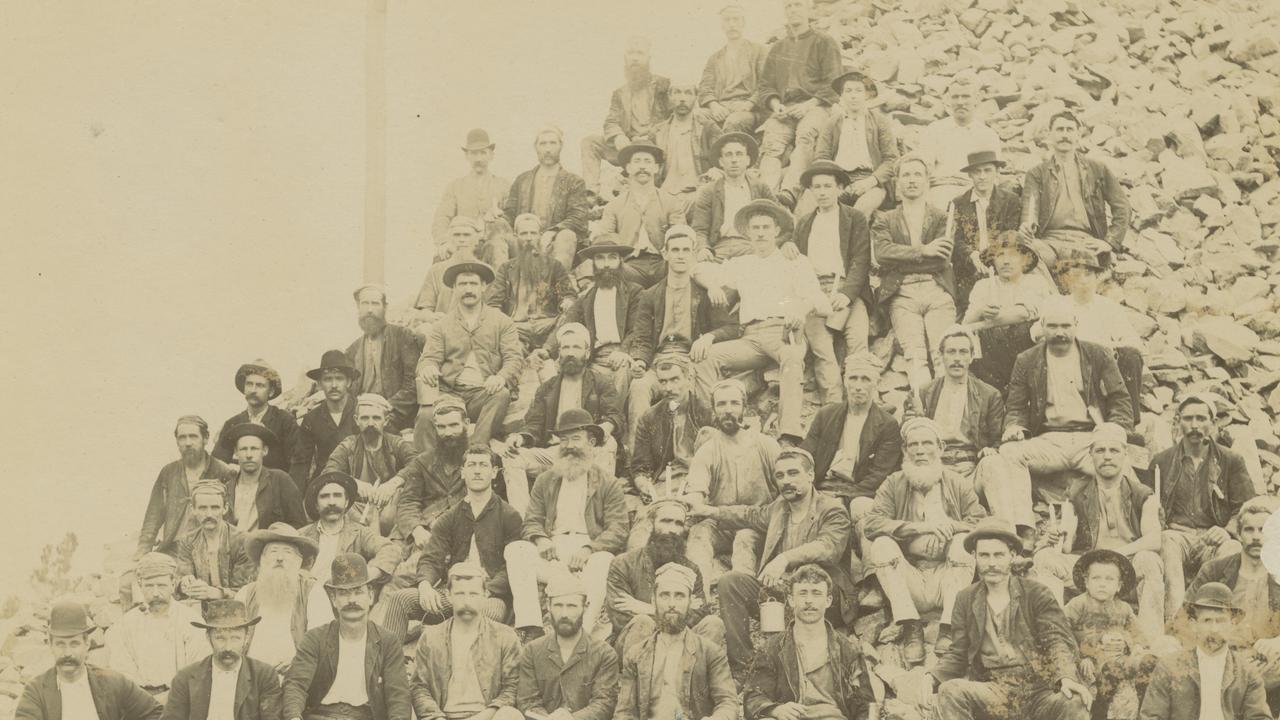
Bathurst, NSW.
Bathurst, west of the Blue Mountains, is said to be the first town in Australia where gold was discovered back in 1823, but the find was kept quiet to encourage the start of farming, according to the Group. A gold rush ensued in 1851, but the precious metal is still being unearthed in areas like Hill End and Ophir Reserve.
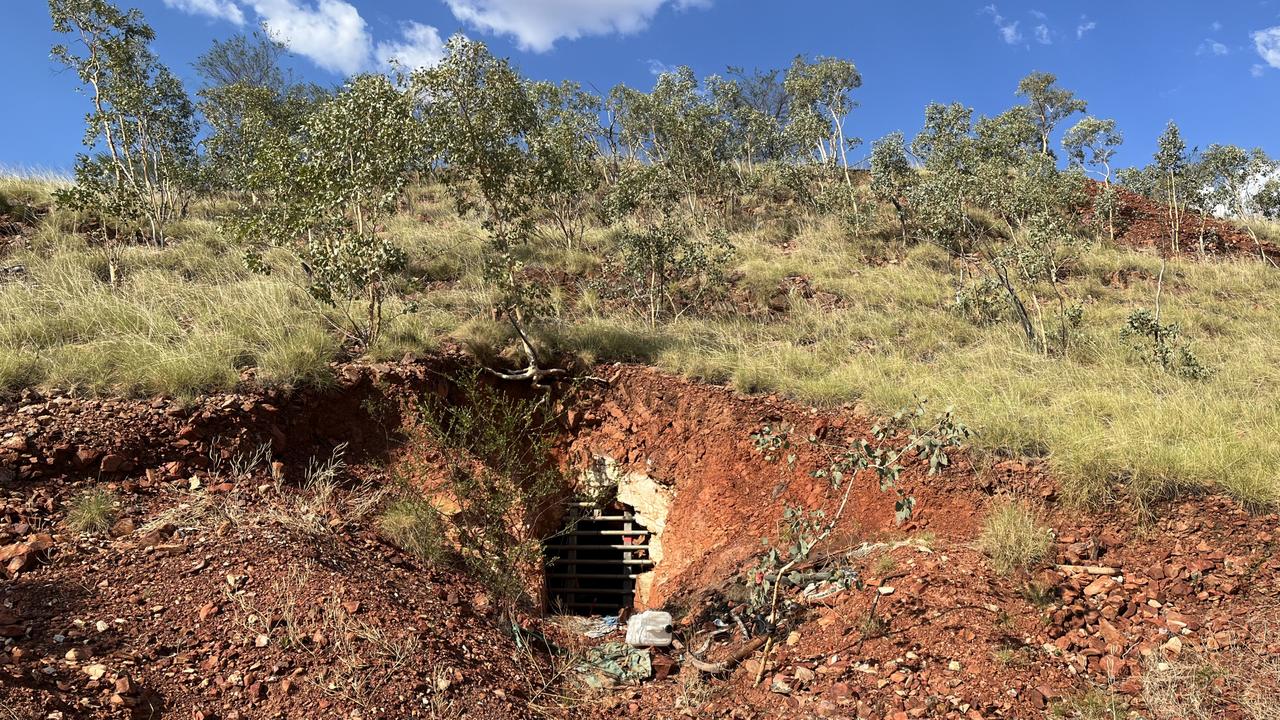
Tennant Creek, NT.
Only the most hardy of explorers visit the Warrego Fossicking Area near Tennant Creek, which has little in the way of water or shelter from the heat, according to the Group. But those who do make it sometimes go home with big rewards – just ask the eight-year-old boy who found a two-ounce nugget worth $5000 while looking for gold with his dad in 2020.
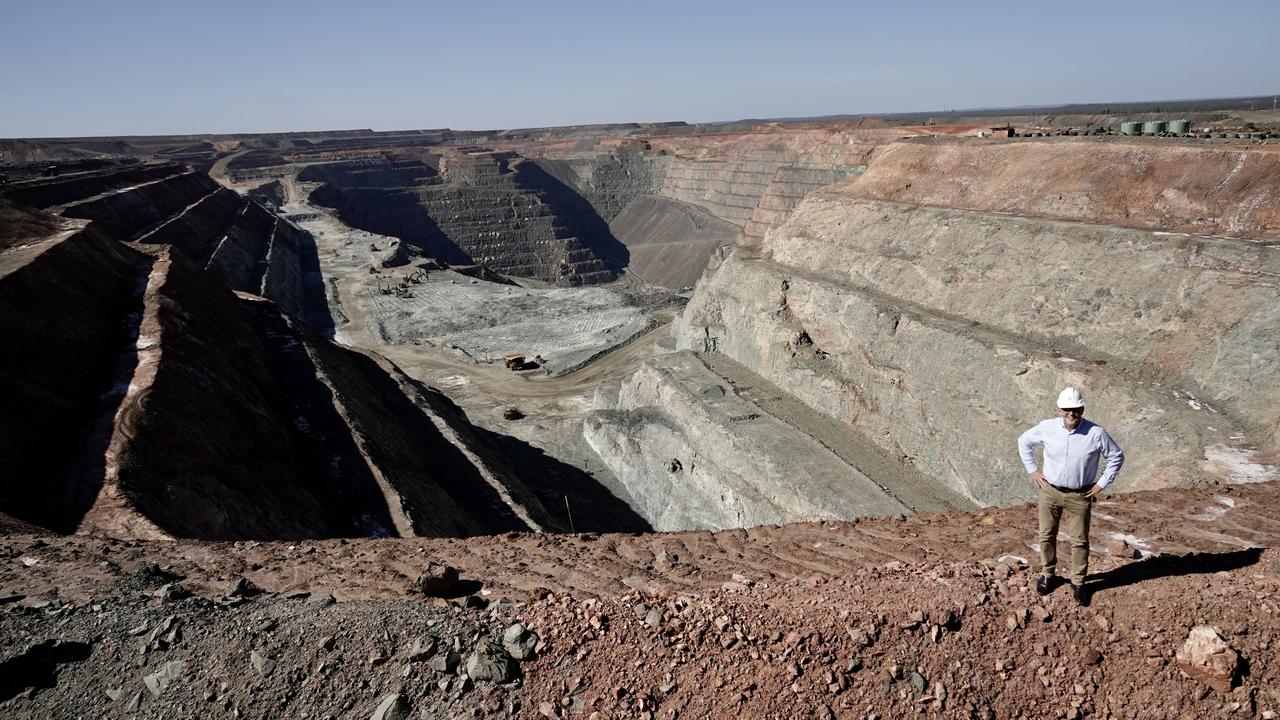
Kalgoorlie, WA.
Home to the “Super Pit*” open-air gold mine, Kalgoorlie remains the largest area of gold mining and export* in Australia, according to the Group. In 2010, a hobby prospector found a massive 23.26kg gold nugget just outside the town using a metal detector. Named the Ausrox Nugget, the whopping find sold for millions of dollars.
The original version of this story was published by realestate.com.au and is republished with permission.
POLL
GLOSSARY
- prospectors: people who look for gold or other mineral deposits
- Golden Triangle: an area in Victoria known to be rich in gold, where people flocked to during the 1800s gold rushes. When traced on a map, the area comprising Bendigo, Ballarat and Wedderburn forms a triangle, hence the name, the Golden Triangle
- legally: allowed by the law
- State Forest: forests owned and managed by the state government that are open for the public to use as recreational spaces
- National Parkland: an area of land that has been set aside by the federal government for the protection and conservation of biodiversity
- miner’s right: a legal document that allows you to fossick for gold, gemstones or other minerals in Victoria
- consent: permission
- topsoil: the top layer of soil
- retirees: people who no longer work in a job
- rustic: old and worn yet charming
- quartz: a mineral made of silicon and oxygen
- gold fever: a feeling of excitement associated with the urge to find gold
- Welcome Stranger: the biggest ever gold nugget discovered, the Welcome Stranger was found just 3cm below the surface in the regional Victorian town of Moliagul in 1869 and weighed more than 72kg once it was cleaned up
- Hand of Faith: the largest ever gold nugget found with a metal detector, the Hand of Faith was discovered near Wedderburn in 1980, and weighed more than 27kg. The man who found it, Kevin Hillier, sold it for more than $1 million
- Super Pit: one of the country’s largest open pit gold mines, dating back to the start of WA’s gold rush in 1893. About 15 million tonnes of rock is moved from the pit each year and 58 million ounces of gold has been mined from it since its beginning
- export: send overseas
EXTRA READING
Gold finds kept secret before the Rush
And just like that, the Rush is on!
The hard task of finding gold
QUICK QUIZ
1. Which three towns border Victoria’s Golden Triangle?
2. As of early this year, how many Victorians have miners rights?
3. How does a “wet and stormy spring” make it easier to find gold nuggets in Victoria’s gold fields?
4. Where can you find the largest area of gold mining and export in Australia?
5. What is the name of the world’s largest gold nugget found by a gold detector?
LISTEN TO THIS STORY
CLASSROOM ACTIVITIES
1. Gold fever
What do you think gold prospector Brett Frazzani means when he says “once you do find a bit, you just get gold fever and it’s in your blood”?
If you were out prospecting in the state forest, and found some gold, how would you react? Write a descriptive paragraph on how you found it and what happened next.
What would you do with the gold if it was rightfully yours to keep?
Time: allow 25 minutes to complete this activity
Curriculum Links: English, Personal and Social, Critical and Creative Thinking
2. Extension
In normal circumstances, 1 ounce is 28 grams, but did you know that precious metals are weighed by the Troy ounce? A Troy ounce is the equivalent of 31.1 grams. If one gram is worth $126.22 and 31.1 grams of gold is worth $3,925.44, which it is in Australia today, how much would a nugget weighing 3kg be worth to the owner?
(Answer below*)
Time: allow 10 minutes to complete this activity
Curriculum Links: Mathematics
VCOP ACTIVITY
Eureka!
Write a short narrative describing in vivid detail the moment you unearth the largest golden nugget ever discovered.
- Where were you?
- Who were you with?
- How did you discover it?
- How did you feel?
- What will you spend your new found fortune on?
Don’t forget to read over your writing paying particular attention to your punctuation to make it expressive.
*(Answer: $378,660)

